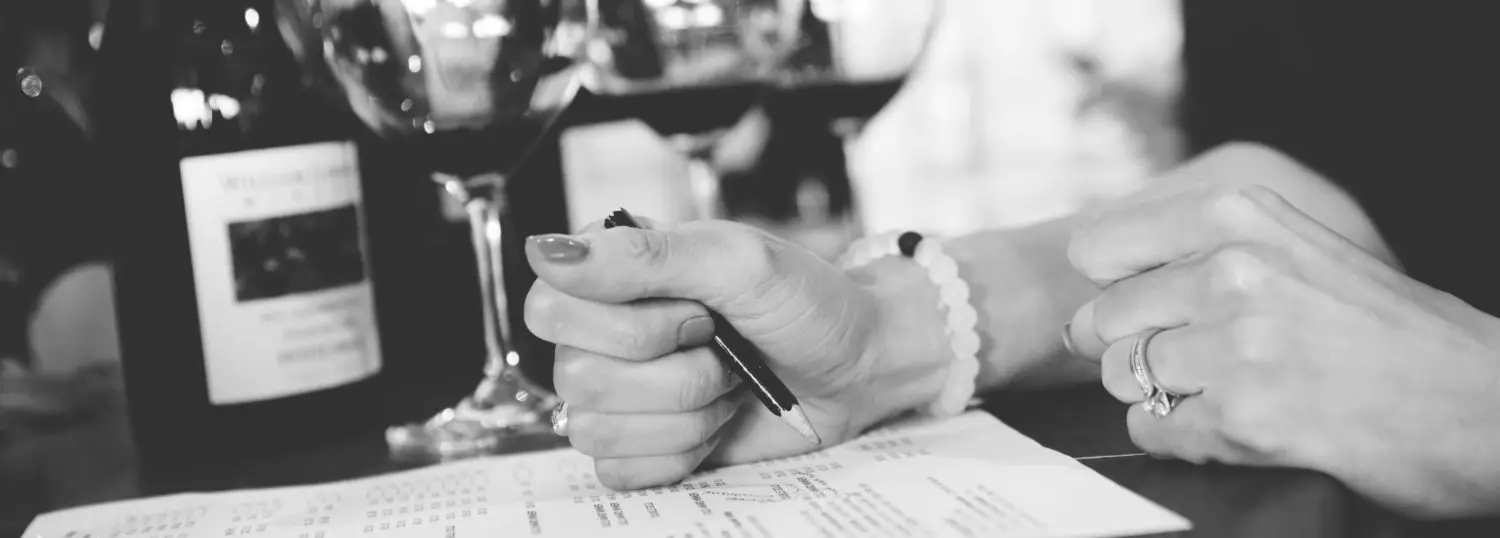The Southern Rhone. “This region is renowned for warming, ripely welcoming, and rarely expensive wines of all three colors.” The World Atlas of Wine (Eighth Edition).

Larger and more spread out than the Northern Rhone, there’s no denying that we’re going to cover a good bit of detail here. With its varied terroir, the Southern Rhone comes with a larger variety of grapes grown and wine produced—good news if you want a diversified tasting experience. Indeed, most wines here are blends—red, white, and rosé, though red undeniably dominates. And, as The Oxford Companion to Wine (Fourth Edition) notes, though some winemakers do experiment with Syrah (the dominant grape of the Northern Rhone), here in the south, it’s far too warm for the grape to “ripen gracefully.” Thus, it is Grenache—at over double the planting—that is the Southern Rhone‘s most planted red wine grape.



